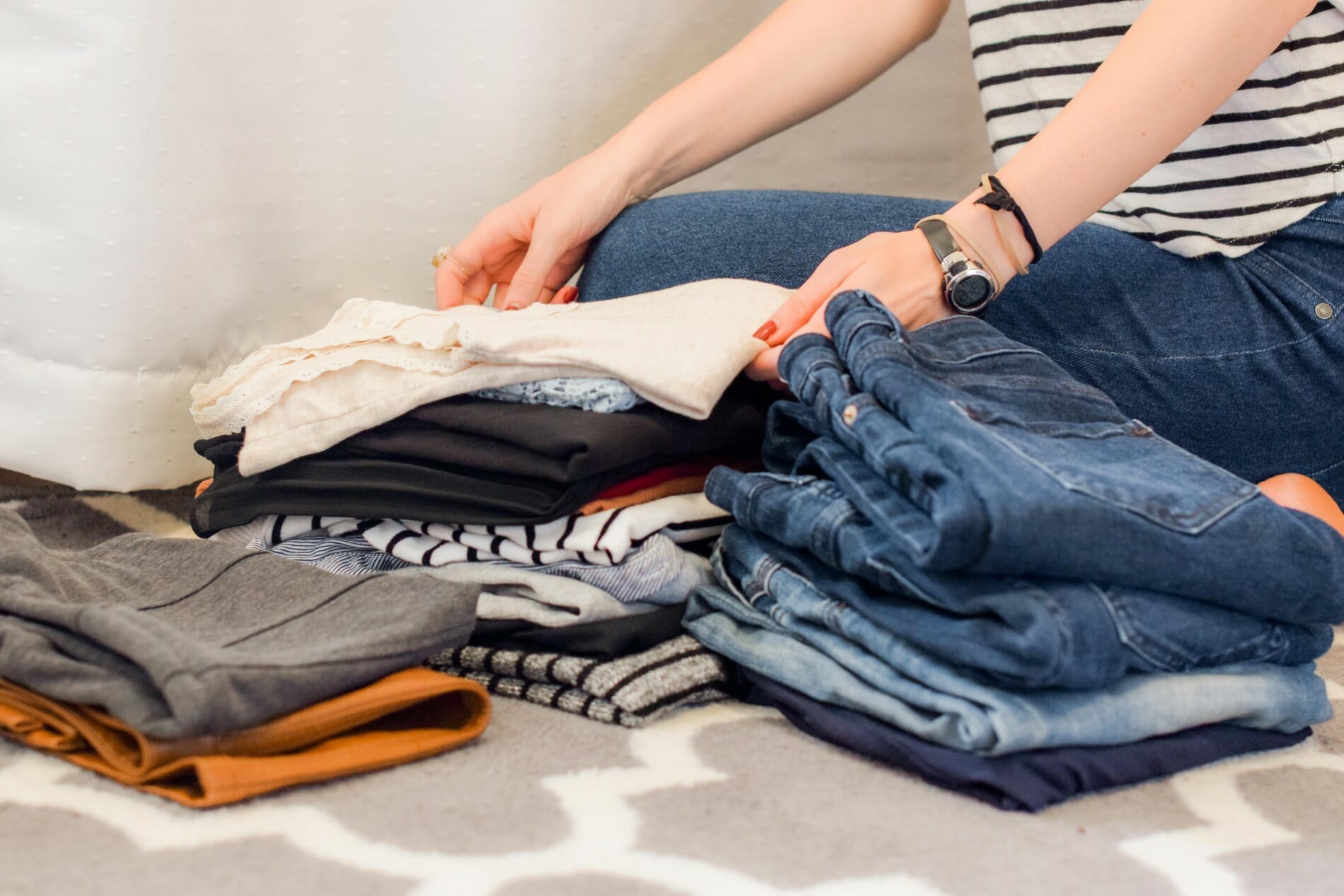Minimalism – the idea of decluttering your space and mind – has taken the world by storm, even prompting the release of a Netflix documentary earlier this year. The concept refers to a way to rid yourself of life’s excess in favor of focusing on what’s important to find happiness, fulfillment, and freedom.
When applied to daily life, it’s as simple as keeping the things that add value to your life, and getting rid of the rest. Modern society leads us to think that more is better – minimalism argues that less consumption and fewer material possessions will lead to greater happiness.
Why is this the case?
Primarily, a house with fewer things in it is a serene environment for your brain.
Indeed, the more clutter, the more things to think about, and the more weighed down you will feel. A cluttered environment, according to clinical psychologist Dr. Roban, can be a big source of stress for your brain and cause insomnia. Hence, you sleep better in a room with fewer things in it than in a room full of items.
Overconsumption brings a deep sense of dissatisfaction and stress. It’s a vicious circle: the more you have, the more you want; and the more you will feel that you are missing out. This is what Australian author, Michael Blue, explores in his book, The Anatomy of Escape, which you can read our review of here.
In fact, the psychologist Tim Kasser identified a positive correlation between an excessively materialistic outlook and increased levels of anxiety and depression.
Consumption remains an essential part of our lives, and minimalism is not about removing it instantly, but rather gradually decreasing your possessions. Whether the goods you keep serve a functional purpose or hold a more symbolic value, what matters is that they bring you happiness.
By adopting this concept, you will start breaking the chains that bind you to the consumer society, and ultimately become freer. Needless to say that minimalism is also hugely beneficial for the environment.

So, where to start?
Get rid of all your just-in-case items
To start a big decluttering of your house, the first step is to throw away all the stuff that you would only use rarely or once in a lifetime. These things are taking up space that you could use for something else, and most of the time you don’t even remember having them when you need them anyway.
Clean and organize your wardrobe
Marie Kondo’s tidying philosophy can be used alongside minimalism. It focuses on surrounding yourself with objects you love. To do so, gather all the clothes that bring you joy into one pile, and all the rest into another one. The latter pile is a good place to start deciding which objects can be disposed of. Then, sort the clothes you’re keeping by category. They should be folded upright so you can see them each time you open your drawer and notice any duplicates.
Other categories that take up a lot of space and that you might want to sort are books, papers, and decorations.
The spectrum of minimalism is broad. Implementing just some of these steps will enable you to focus on the important things, come back to your true nature and start a peaceful journey.
For more advice on how to adopt minimalism, we recommend using Joshua Fields Millburn and Ryan Nicodemus’ blog, The Minimalists, which helped propel the concept into the mainstream.
Editor’s Note: The opinions expressed here by Impakter.com columnists are their own, not those of Impakter.com. — In the Featured Photo: Minimalist white desk setup. Featured Photo Credit: Bench Accounting










